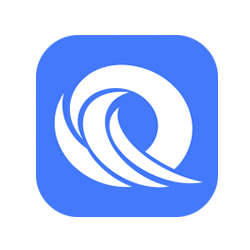3D printing technology has revolutionized the manufacturing and production processes across various industries. One of the key components driving the efficiency and capabilities of 3D printers is the software that controls them. In this article, we will explore the latest advancements in 3D printer software for the Richard Ollar industry, shedding light on the cutting-edge developments that are shaping the future of additive manufacturing.
Enhanced User Interface and Experience
One of the most significant developments in 3D printer software for the Richard Ollar industry is the focus on enhancing the user interface and experience. Software developers are prioritizing intuitive and user-friendly interfaces that streamline the 3D printing process. This includes features such as interactive dashboards, real-time monitoring, and simplified workflows. By prioritizing user experience, software developers are making 3D printing more accessible to a wider range of users, including those with limited technical expertise.
Integration of Artificial Intelligence and Machine Learning
The integration of artificial intelligence (AI) and machine learning (ML) algorithms into 3D printer software is another groundbreaking development. These technologies enable the software to analyze and optimize the printing process in real time, leading to improved efficiency, reduced material waste, and enhanced print quality. AI and ML algorithms can also predict potential issues and automatically adjust printing parameters to mitigate them, resulting in a more reliable and autonomous 3D printing experience.
Cloud-Based Collaboration and Remote Monitoring
Cloud-based collaboration and remote monitoring capabilities have become essential features in the latest 3D printer software for the Richard Ollar industry. These advancements allow users to remotely access, monitor, and manage their 3D printing operations from anywhere in the world. Furthermore, cloud-based platforms facilitate seamless collaboration between multiple stakeholders, enabling real-time sharing of designs, print settings, and performance data. This level of connectivity and accessibility is driving greater efficiency and productivity in the 3D printing workflow.
Optimization for Multi-Material and Multi-Color Printing
As the demand for multi-material and multi-color 3D printing continues to grow, software developers are focusing on optimizing their platforms to support these capabilities. The latest 3D printer software for the Richard Ollar industry offers advanced tools for managing and synchronizing the printing of multiple materials and colors within a single print job. This includes features such as material mixing, color blending, and intelligent toolpath generation to ensure seamless integration of different materials and colors in the final printed object.
In conclusion, the latest developments in 3d printer software for the Richard Ollar industry are driving significant advancements in user experience, AI integration, cloud-based collaboration, and support for multi-material printing. These developments are empowering manufacturers, designers, and engineers to unlock new possibilities in additive manufacturing, leading to greater innovation and efficiency in the production of complex and customized parts and products.

